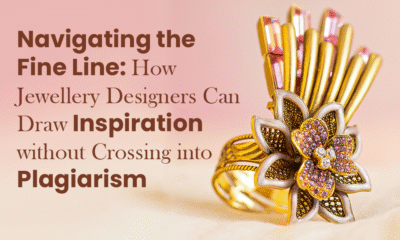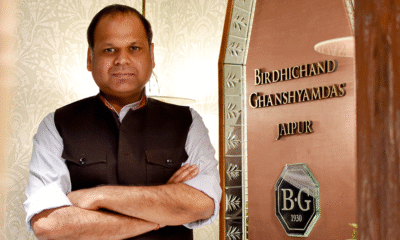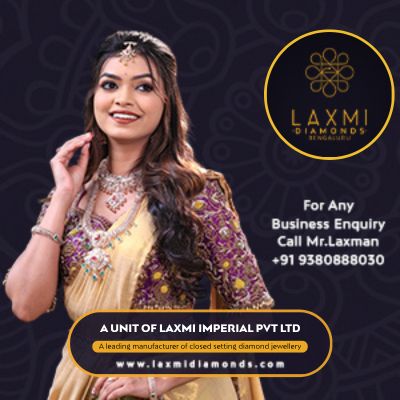By Invitation
SAPPHIRE – THE OBSESSION OF THE ROYALS
Sapphire since ancient ages has been a gemstone which has wooed many kings and royals and the aristocrats seeing its rarity and its intrinsic valuve in the person’s life who owns it.

sapphire may be a mineral having different colors however to some it has reference to occult and magical properties of well being and angel luck. To emach on its own. To realize the potential of any gemstones magical properties one must connect to its roots of origination.
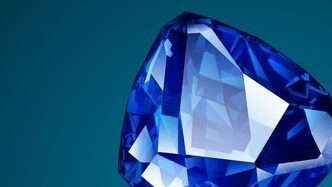

The word sapphire has different connotations in different places, field and time. Sapphire in Indian market refers particularly to yellow sapphire and its reference to the planet Jupiter. Sapphire in the international market has its reference to blue sapphire and the beauty it holds. Sometimes it also reminds the national of the country Sri Lanka where many sapphires are found with its blue saturation.
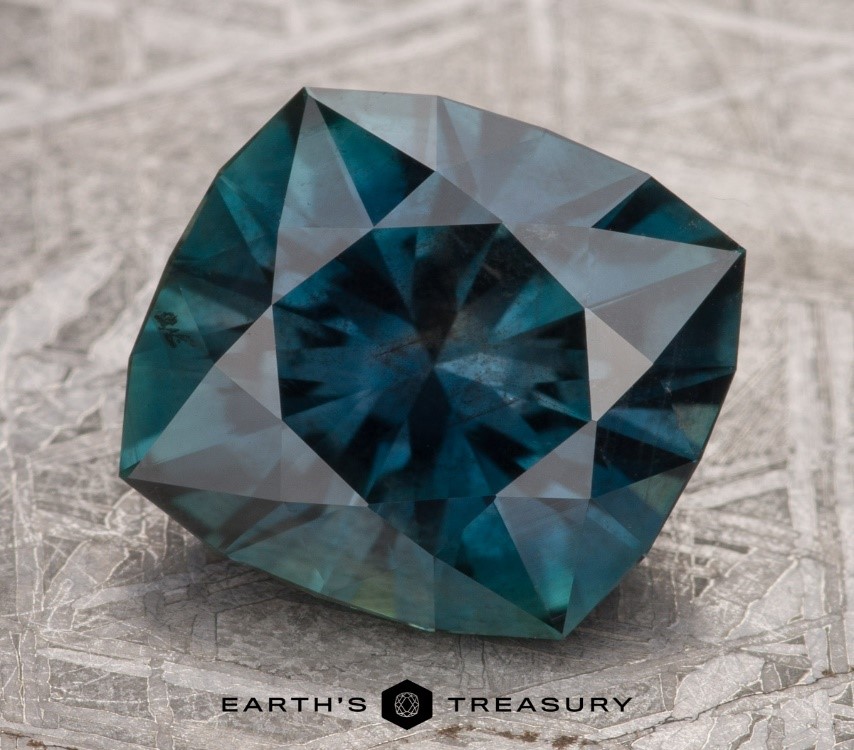

Sapphires are found in many colors and is demanded in different places based on its hue tone and saturation. Sapphires in United states mainly refer to the Montana sapphires which has a peculiar greenish overtone on the blue ones.
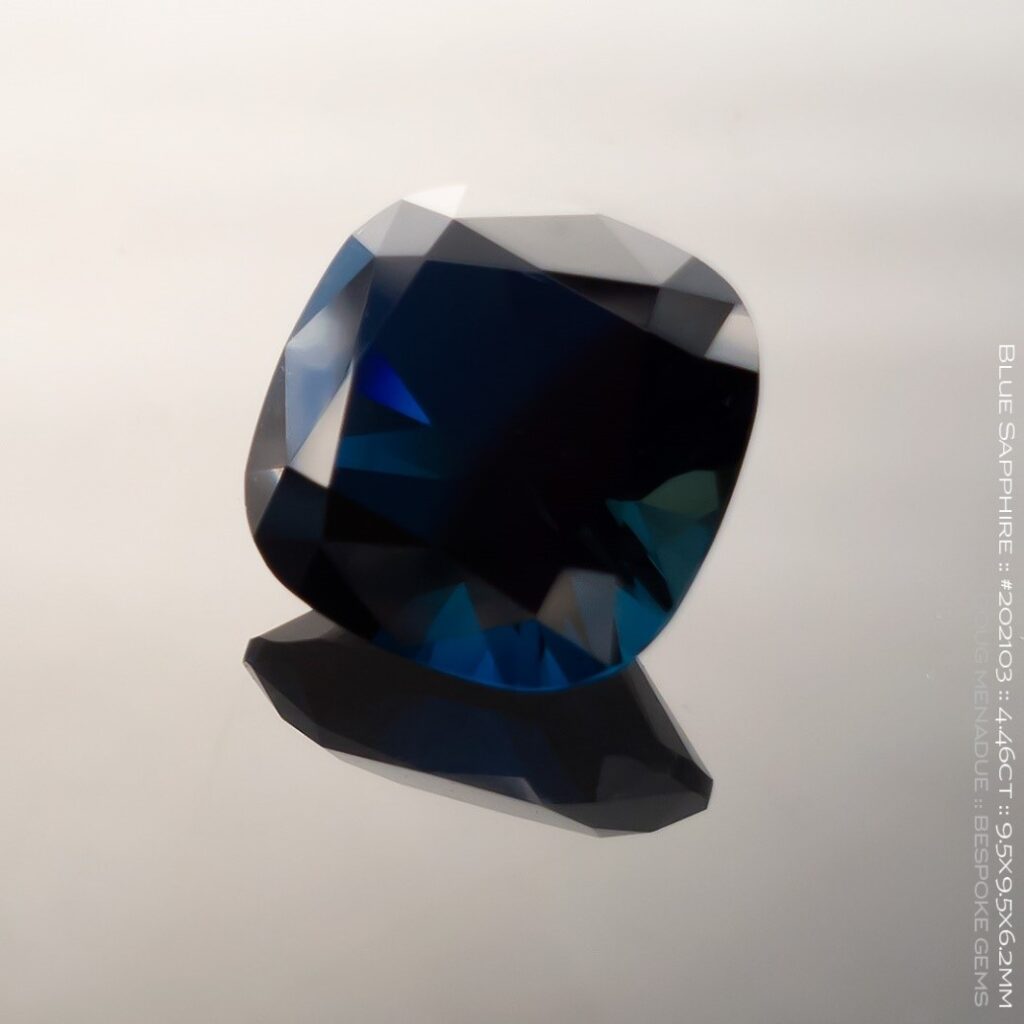
The Australian sapphire has more on dark pigmentation which refers to blackish blue sapphire or the extremely dark blue sapphires. It has sometimes been in demand in Australia and in the neighboring country.

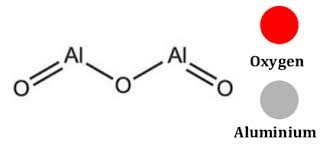
Sapphire according to the gemological perspective refers to the mineral Aluminum Oxide Al2O3. It is a precious gemstone falling under the corundum family having trace elements of Iron, titanium, cobalt, lead, chromium, vanadium, magnesium, boron, and silicon.
The word sapphire has originated from the word sapphiros, which is
of Greek origin and had once referred to lapis’ lazuli but later had its
reference to Blue sapphire. Fancy sapphire also occurs in yellow, purple, orange, and green colors. Parti sapphires show two or more colors. Red corundum also occurs which based on the pigmentation of chromium which results in Pink sapphire or if it meets the coloration criteria it will be called as ruby. Other branded sapphires include the padparadscha , and the star sapphire.
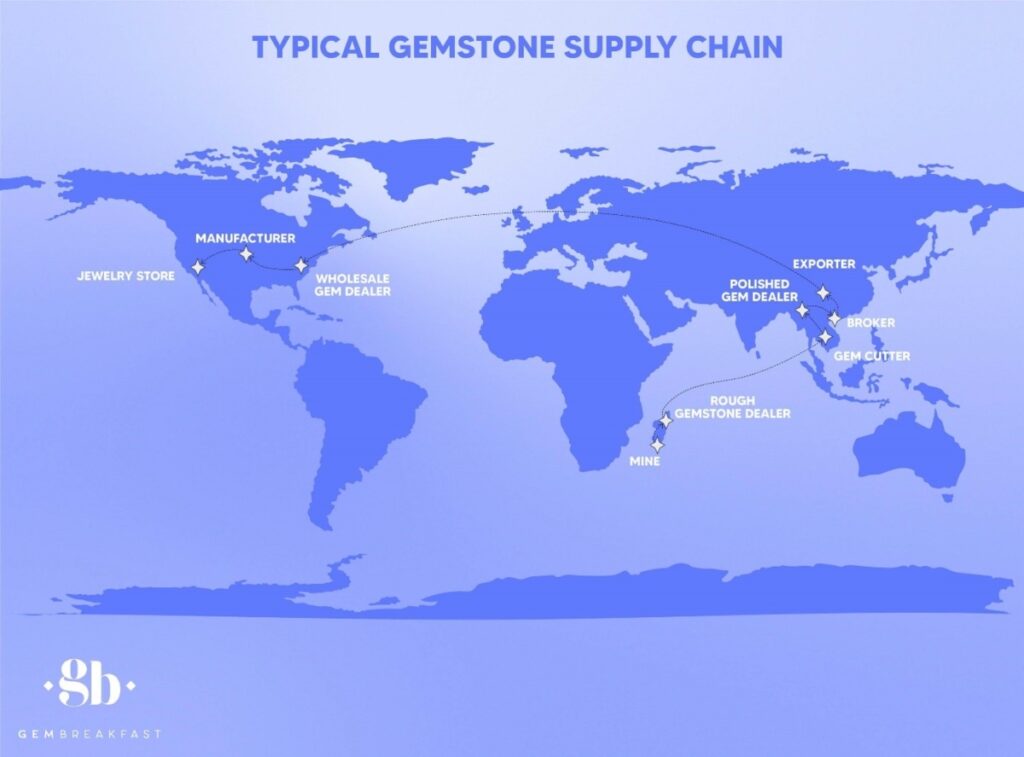
Sapphires minerals are found in countries such as Australia, Afghanistan, Cambodia, Cameroon, Kenya, Laos, Madagascar, Malawi, Mozambique, Myanmar, Nigeria, Rwanda, Srilanka, Tanzania, Thailand, United states, Vietnam, and Colombia. Every region produces different quality of blue sapphire however the sapphire which are coming from Kashmir’s has its highest value due to its rarity and due to its velvety blue and indigo color.
Apart from Blue sapphire there are also Indigo or Purple sapphire which are rare and are in highest demand and highly prized.
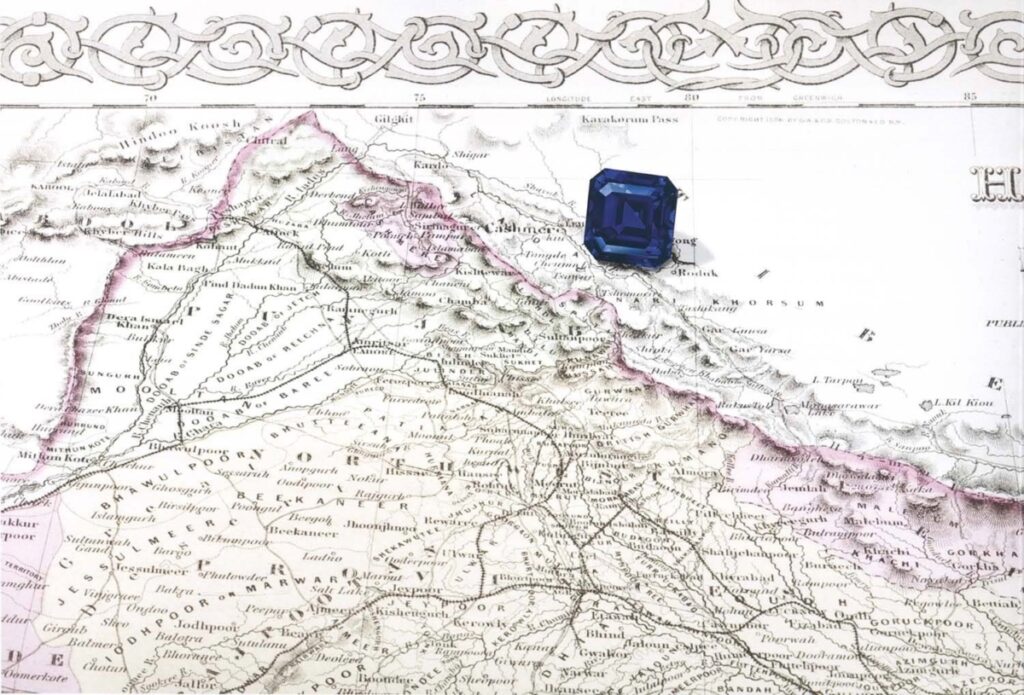
The Kashmir sapphires legacy
Kashmir has its significance in the Himalayan ranges which holds scenic natural beauty and a place where many gems are found. One such rare glorified and most sought-after stone is the Kashmir sapphire which is found in the Zanskar range and at the controversial Gilgit Baltistan district of Chumkar lake. The mines in the Zanskar range are widely known to produce bright blue sapphire with many collector enthusiasts visiting the place from Eurasian country.
The maharaja of Kashmir did try his best to protect the sight by keeping his guards as soon as he heard in the year 1882 and 1887. The Kashmir sapphire is the most famous type of sapphire in the world. They are near to perfect sapphires with accurate overtones etc. They have a superior cornflower blue hue to them with a mysterious quality in them. Some of the gem enthusiast describe them as velvet blue color. Some of the sapphires which come close
to Kashmir sapphire are the Burmese blue and the Ceylonese sapphire with similar hue tone and saturation.

However, this beautiful sapphire lore has been in history after the year 1888, where La touches survey has shown that the old mine is exhausted of its resources. They decided to mine the floor valley where they found some sapphires.
Kashmir sapphires still exist and has its importance till date but the sellers are very rare.
The new mine Kashmir’s were of two different types. Both types were coated in a white clay. Each type featured a blue outer edge, especially around the tips. Almost all sapphires found in the new mines are of a hexagonal pyramid shape.
The Logan sapphires

The Logan sapphire is one of the famous sapphire in the world. It is a 422.98 carat sapphire from Srilanka. One of the largest blue faceted sapphires owned by Mr. Victor Sassoon. It was natural and had not undergone any treatments. It fluoresces in reddish orange color when exposed to ultra violet radiation. Rutile inclusions are also found inside the stone. This particular gem originated from Rathnapura which is also called as the city of gems.
The Logan sapphire is named after Mrs. Pally Logan who donated this sapphire to the Smithsonian museum.
The star of Adam
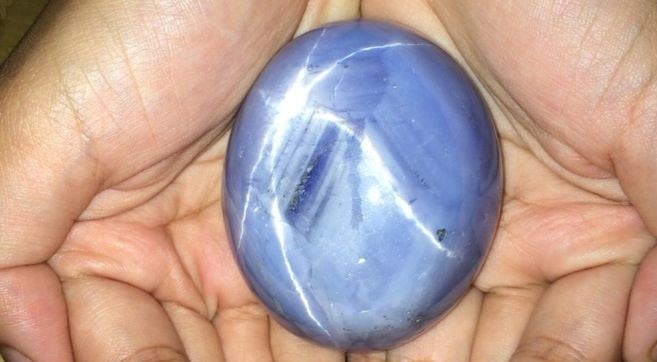
The star of Adam was discovered as of the year 2016, is a giant blue star sapphire. This sapphire has been certified by Srilankan gemologist that this stone weighs 1404.49 carats stone and is valued up to 300 million dollars.
The black star of Queensland

This famous sapphire has been discovered in queens land in Australia in the late 1930s. Harry Kazanjian has cut and polished the masterpiece, bringing the black star of Queensland in the weight of 733 carats.
This black star has been prized at high range oscillating between 4.1 million and 50 million dollars. Doug Kazanjian grandson of Harry has done the lapidary and continues the legacy of cutting other sapphires.
It has an appearance of galaxy or universe in your finger.
The star of Bombay
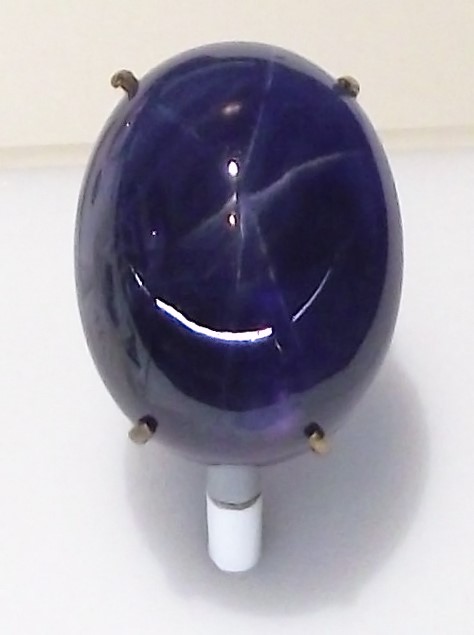
This stone was also discovered in the early 1930s and is star of Bombay having beautifully carved violet – blue star sapphire with wide asterism weighing in at around 182 carats. This stone was selected by actor Douglas Fairbanks as a gift for his wife Mary Pickford.
The Bismarck Sapphire Necklace

This is a 98.56 carat cornflower blue sapphire was mined in Burma and purchased in the year 1926 by American tycoon Harrison Williams for Countess Mona won Bismarck. This particular sapphire gemstone is being re cut by Cartier upon request.
The Bismarck necklace has been most influential ART DECO jewelry.
Many more famous sapphires continue to woo the collectors and the institutes worldwide keeping the joy of jewelry worldwide.

By Invitation
How seasonal discounts are decisive factors in increasing Jewellery sales
By Shivaram A
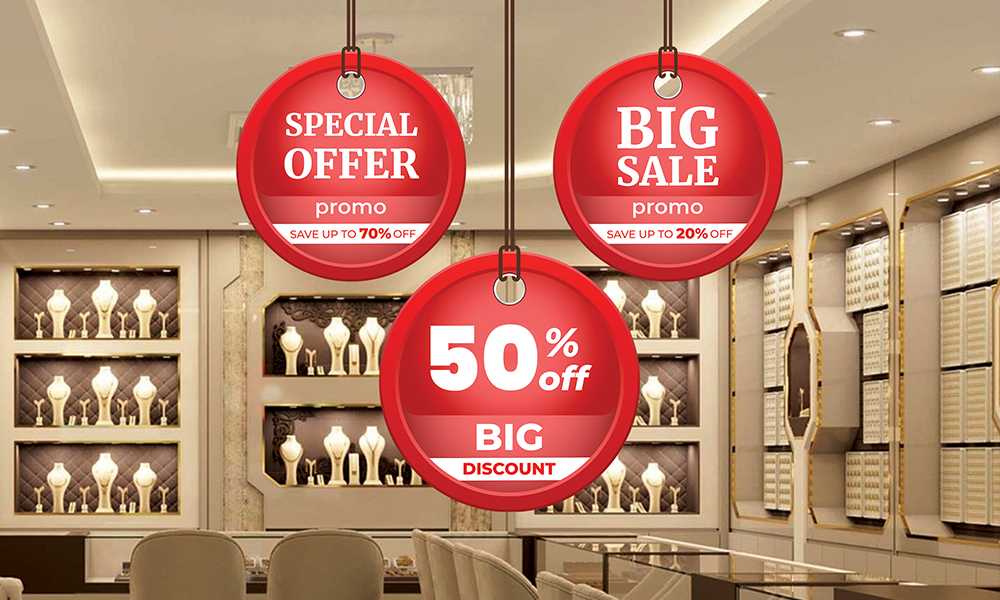
Festivals and auspicious occasions are intricately woven into the tapestry of Indian culture and the Indian jewellery trade. Every second month comes up a festival or auspicious occasion and with it comes a downpour of discounts and deals. The Indian customer is ready to lap up the discount offers like milk and honey! So, like other retail businesses, the jewellery retail industry too, depends on seasonal offers and discounts to increase the sales.
Why do seasonal discounts and offers matter?
● The Indian calendar is dotted with festivals and occasions every month. Such festivities are normally associated with jewellery purchase to augur good fortune to the family. To attract customers, offering special festival discounts have become the norm.
● During festivals like Diwali or Pongal, the government employees get their bonus which is a bulk amount used often for investment in gold. To lure the customers to invest heavily in gold purchase, higher discounts are offered.
● Certain auspicious days like Dhanteras or Akshaya Tritiya are specifically linked with gold purchase as families buy gold on these days and worship God with gold coins.
● Occasions like Valentine’s Day, Father’s Day and Mother’s Day are being highlighted recently to push sales further with special offers.
● Certain festivals like Varalakshmi Pooja, Karva Chauth or Vijayadashami have become occasions for women to buy new jewellery. With gold being such a high-priced commodity, frequent purchases are not easy for an average customer. Thus, the only option for a retailer is to offer such discounts and offers during festivals to boost sales.
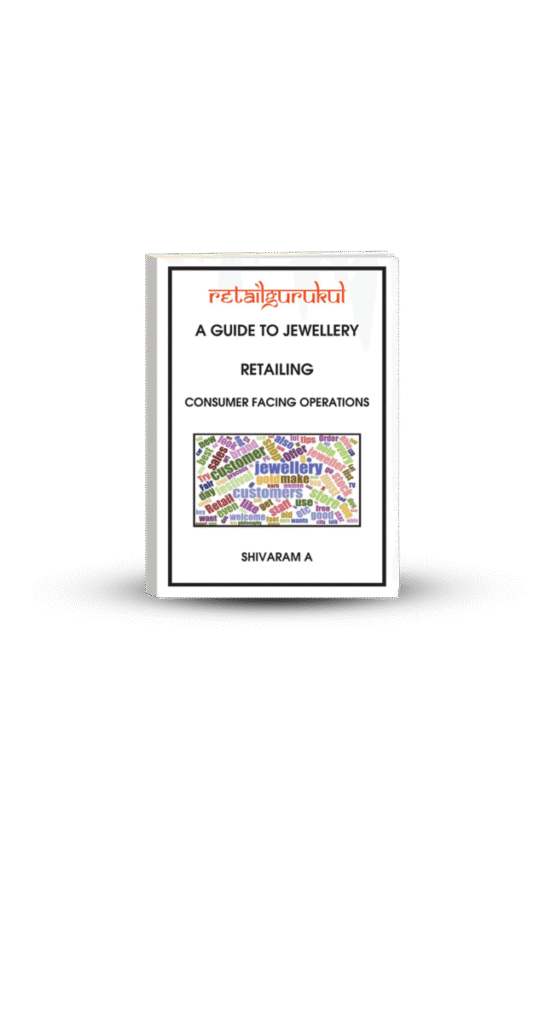
How to boost jewellery sales using seasonal discounts and offers
- Read your customers Assess the footfall of customers during festive seasons. This
may vary from one shop to another shop in another location depending onthe type of customers you cater to- For example. middleclass customers find it convenient to purchase gold during Diwali, New Year or Akshaya Tritiya. For theaffluent, every day is an occasion.
● The locality your store is in- If your store is located in a North Indian niche, you can expect customers during Dhanteras. In a South Indian locality, Akshaya Tritiya, Onam, Uganda, Pongal, Diwali or Dussehra are the best for buying gold. In a Muslim dominated area, sales are bound to shoot only during weddings. Christians normally purchase gold for their engagements and weddings or during Christmas. Make a list of the days or occasions where you had maximum sales. Some festivals may attract crowds to your store but how many actually bought and why? Analyse.
How seasonal discounts are decisive factors in increasing Jewellery sales
1. Offer a seasonal discount only if it is worth it.
During a festival, every jeweller in town is offering a discount and the competition is intense. Do not just join the competition blindly and offer heavy discounts. Instead, evaluate whether giving a discount of this size has worked for you earlier. If not, you can test-market by offering this discount moderately for a few days and judge the outcome. Offer a seasonal discount only if you think it is worth the trouble. or if you are desperate to liquidate stock.
2. Be different in your discounts
10% off on making charges, zero wastage- all this has become common phrases during festive time. Try something different.
● Tanishq offered a 20% discount on making charges with an additional 5% with State Bank debit and credit cards
● GRT offered silver items free for the weight of gold etc.
● PC Jewellers has cleverly coined its discount deal as “20% off on diamond jewellery” and “20% off on making charges of gold jewellery”. Here the 20% looms large and draws the customer to the store.
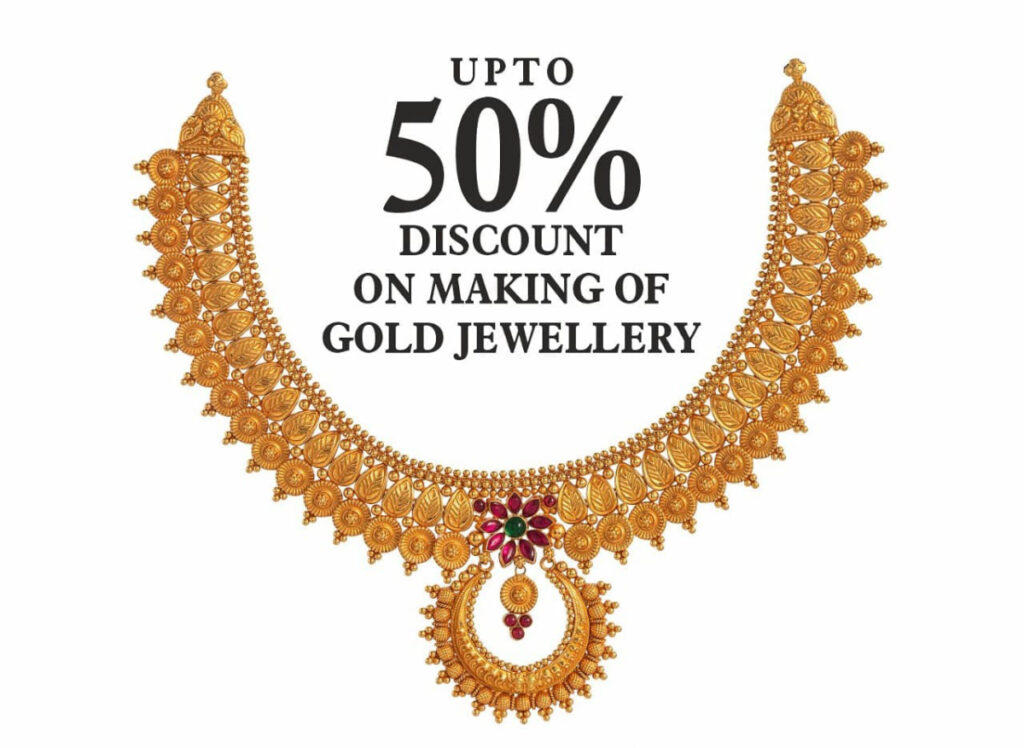
● Durga Jewellers of Bangalore goes a step further with its ‘Buy 1, get 2 ” offer on Solitaire jewellery.
3. Make an impact with the discount offer
Evolve print or social media campaigns based on this discountoffer and spread the word around. Intimate your customers of this offer by email, SMS, voice call, WhatsApp or FB messages. Make sure that your discounts make an impact on the customer and draw her to your store. Kamdhenu Jewellers of Chennai has marketed this ad across Facebook and received good response.
4. Special discounts as a mark of loyalty or regular purchase.
Discount depends on your discretion. Turn it into a favourable asset. Yes, it is possible if you offer discounts to
● Loyal customers who have been purchasing jewellery from you for ages, from generation to generation.
● Customers who have brought in many referrals through friends and relatives.
● Frequent shoppers who make small but regular purchases. This not only enhances your customer loyalty but also assures of more purchases in the future years.
The How, When and Why of discounts
It is not just the discount that matters. It is the How, When and Why that matter.
1. How– How do you present your discount? A 20% off on diamond jewellery sounds lame but a Celerio car or an LCD TV sounds huge. The price of both may be equal but, to the customer, yes, the physical representation as a car has great bearing like in this ad.
2. When -When to offer the discount? Offer discounts when your competitors are not even close. Make a difference in the timing of the discount to render it exclusive.
3. Why –Why are you offering the discount? Convey the reason for the discount to the customer- as a
● Festive gift
● Profit-sharing measure
● Mark of the customer’s loyalty.
This will increase the respect and trust among your regular customers. Dishing out discounts, anyone can do. But offering well thought out discounts is the key to successful jewellery retailing.

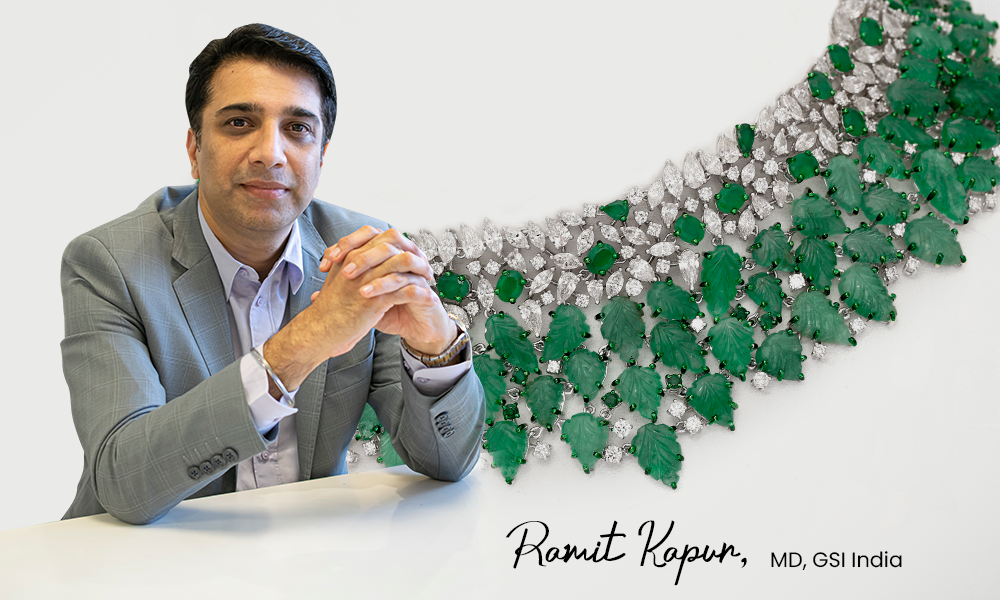
The world of gemstones is beyond their brilliance, color, transparency, and phenomena. When we think of carvings, we’re not just talking about gemstones used in jewellery. Carving today spans everything from trays and coasters we use every day to idols, vases, and other collectibles that become cherished pieces of art. It’s an often-overlooked art form that deserves recognition for the immense artistry and craftsmanship involved.
As someone deeply embedded in the industry and leading GSI India, I can confidently say that people won’t invest in a piece; no matter how precious the stone: if the carving isn’t done right. So, the first selling point centers around craftsmanship, of course followed by the authenticity and value of the gemstone used.
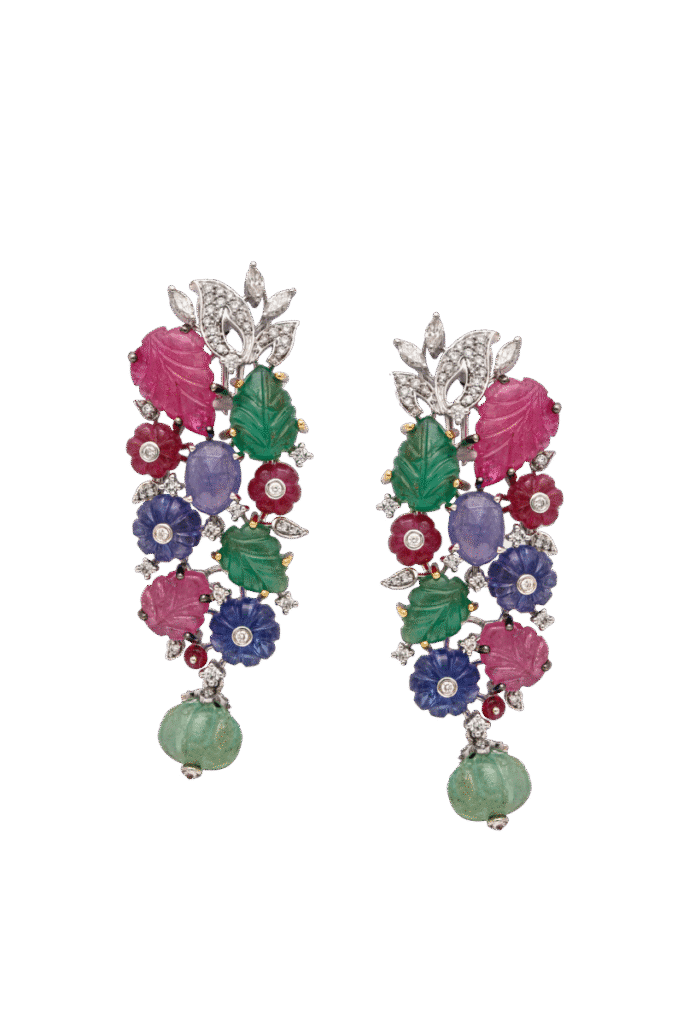
The quiet poetry of carved gemstones exists beyond the bounds of conventional jewellery design and often go unnoticed in mainstream narratives. Yet they carry some of the richest legacies, the most intimate expressions of craftsmanship, and a cultural gravity that no ideal cut or laser inscription can replicate. Today, as jewellery evolves into a medium of meaning and identity, carved gemstones are experiencing a powerful resurgence. Whether it’s a delicate floral motif on a tourmaline or a symbolic script etched into an emerald, these stones embody permanence with purpose.
For a generation that values intention over ornament, carvings offer exactly that: a wearable emotion, a personal artifact, and a story that transcends carat weight. At GSI, we celebrate jewellery in every form, especially those that carry soul, tradition, and storytelling in their very structure.
From Courts and Temples to Contemporary Studios
Gemstone carving isn’t a trend; it is a tradition. Long before modern jewellery, carved gems were speaking their own language: one of spirit, status, and storytelling. From temple idols to royal signets, they’ve carried meanings deeper than beauty.
Two classical techniques form the backbone of this craft: Intaglios, with designs engraved below the surface for wax seals, and Cameos, where raised motifs emerge in sculptural relief. Both require not just precision, but intuition, a dialogue between artist and stone.
Germany’s Idar-Oberstein remains a living museum of this legacy. Here, stones like agate and jasper are sculpted into heirlooms, passed down as both art and ancestry. Every piece is a story carved in silence.

If Idar-Oberstein is Europe’s carving capital, Jaipur is India’s beating heart. Developed with Mughal patronage particularly by emperors Akbar, Jahangir, and Shah Jahan for their distinguished taste in art, it has since then grown into a global hub; transforming roughs into divine figures, florals, and high fashion commissions. Its edge? A rare blend of old-world mastery and new-world relevance.
And then, there’s Fabergé: the master of turning carving into couture. His works in quartz and chalcedony weren’t just intricate; they were emotional. A blossom. A bunny. A memory in mineral form.
Today, carving is everywhere; from bespoke jewels to vases, coasters, and collectibles. Artists across the world are reimagining tradition for the now. And in an age of instant everything, carved gemstones stand apart: timelessness you can touch, and craftsmanship that speaks with soul.
What the Eye Misses, the Lab Must Find
Carved stones pose a very unique gemological challenge. At our GSI labs, we encounter an extraordinary variety of carved gemstones; each one unique in form, scale, and sentiment. Some are delicately slivered into symbolic motifs, while others are grand in presence, demanding custom instrument setups and careful handling. Testing these pieces, especially when set in jewellery, requires precision, adaptability, and a deep understanding of gemstone behavior.
Carvings, by nature, are emotionally charged. They’re often adored not just for beauty, but for meaning. But emotion must be backed by authentication and the right certification; especially in today’s high-value, high-stakes market. Whether it’s identifying treatments, or distinguishing natural from imitations, our role is to bring clarity to complexity.
At GSI, we don’t just verify a gemstone; we translate its unspoken story. From the delicate depths of an intaglio to the elevated relief of a cameo, our certification doesn’t just protect value; it protects legacy.
Technology Has Unlocked New Possibilities
Modern lapidaries are now able to carve harder materials with precision that was once unthinkable. For a long time, artists chose softer, more affordable stones, to avoid breakage, and preserve weight. Using precious gems was simply too risky. But with time and technology, that’s changed. Today, gem material like sapphire, spinel, and topaz, once considered too delicate to sculpt, are being carved with remarkable precision. What was once unthinkable is now part of the craft’s evolving canvas.
But while tools evolve, the soul of carving stays rooted in intention, vision, and a deep respect for the stone’s natural voice. That interplay between human and mineral is what makes a carving come alive.
Today, luxury is no longer defined by price tags or perfection alone; it’s about meaning, craftsmanship, and cultural richness. Carved gemstones carry all of that, and more.
At GSI, we believe that true appreciation begins with understanding. Whether it’s a carved idol, a custom tray, or a fine piece of jewellery, the value of a gemstone lies in both its beauty and its authenticity. That’s why certification matters: not just for what a gem is, but for the story it tells.
By Invitation
Mangalsutra Market Glows with Steady 11% Growth rate
By Tanvi Shah- Director & Head – CareEdge Advisory & Research
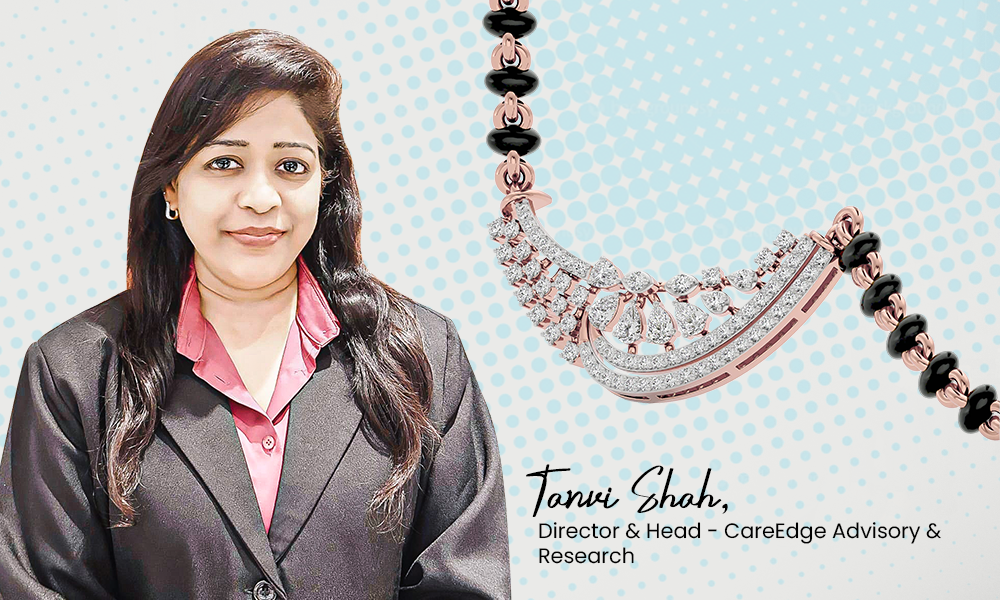
The gems and jewellery market has clocked a healthy CAGR of 11% from CY20-24, to reach at Rs. 8,110 billion in CY24. A similar growth trajectory is expected to continue in the next 5 years. Furthermore, bangles and chains hold a large share in the overall jewellery market. As consumer preferences evolve, the Indian jewellery sector is undergoing notable transformation. Central to this shift is the Mangalsutra—a piece that embodies both cultural heritage and modern sensibility. Traditionally revered as a symbol of marital unity and prosperity, the Mangalsutra has maintained its cultural significance while aligning with contemporary aesthetics and changing lifestyles.
The Mangalsutra market has grown at over 10% compounded annual growth rate (CAGR) over the past five years and estimated to be Rs 190 billion in CY24(E). With the consistently rising number of weddings in India, the market is set to expand steadily and is expected to surpass Rs 250 billion by CY29.
Weddings: The Prime Driver of Demand
Weddings remain the key driver of Mangalsutra purchases, with the ornament continuing to symbolize matrimony across communities. As weddings evolve—especially with greater financial independence among millennial couples—buying behaviours are also shifting. While 80–82% of wedding expenses are still covered through savings, around 10% rely on loans and 6–8% liquidate assets.
In 2024, India recorded 124.3 lakh weddings, marking a strong post-pandemic momentum. This upward trend continued from earlier years and is expected to accelerate, with weddings projected to reach 180.8 lakh by 2032, registering a CAGR of 4.8%. This growth is also fuelling demand for bridal jewellery, underscoring the wedding sector’s resilience and its rising contribution to the national economy.
Chart 1: Total Number of Weddings in India, CY2024-32
Source: Industry Sources, CareEdge Research
Source: Industry Sources, CareEdge Research
The rise of destination weddings and thematic ceremonies has prompted demand for multiple Mangalsutra designs. Brides now seek elaborate gold pieces for traditional rituals and minimalist styles for more modern or informal functions. This shift has encouraged jewellers to diversify their offerings, enabling repeat purchases beyond the initial wedding.
Evolving Designs: A Fusion of Style and Sentiment
Although traditional Mangalsutras—characterised by black beads and gold links—continue to dominate, capturing a 62% share of the market in CY24, the preference for modern alternatives is rising. Designs featuring sleek lines, diamonds, and mixed metals now comprise 32% of the market and resonate particularly with younger, urban consumers who prioritise versatility and style.
Chart 2: Indian Mangalsutra Market: Break-up by Design (% share) for CY24(E)
Source: CareEdge Research
Customisation has emerged as a notable trend. Consumers increasingly request bespoke elements, including unique pendant shapes, gemstone settings, and tailored chain lengths. Presently, customised Mangalsutras account for approximately 5% of the market. Jewellers are responding by embracing advanced design technologies and personalised consultations, enabling them to cater to diverse tastes and preferences.
Material Preferences Reflect Shifting Choices considering prices
Gold remains the market leader in Mangalsutra, and 22K gold accounts for 52% of the share because of its long-standing tradition of symbolizing security and affluence. Nevertheless, an price increase—from around Rs 67,175 per 10 grams during April 2024 to Rs 90,050 as of 24th April 2025—has forced consumers to question their decisions, tending towards lighter or affordable options.
Chart 3: Indian Mangalsutra Market Breakup by Material Type (% share) for CY24(E)
Source: CareEdge Research
Note: Others include Beads, Synthetic Metals, Semi-Precious stones, etc.
Silver Mangalsutras, now commanding a 31% share, offer an affordable and wearable alternative. Their simplicity appeals to younger consumers who seek practical, everyday options. Meanwhile, diamond Mangalsutras hold a 12% market share, gaining popularity among those who value elegance and symbolic distinction. Fusion designs, incorporating gold, silver, and diamonds, are also gaining ground as jewellers strive to serve a broader demographic.
Market Outlook: Strong Sentiment supporting healthy Sales Growth
Gold Mangalsutras continue to represent nearly 52.3% of the total market, but interest in alternative silver or diamond variants is also attracting more consumers. Going forward, these changing consumer preferences will encourage many new replacement and repeat purchases, creating fresh opportunities for jewellers.
In contrast to the overall demand for gold jewellery, which declined by 2.3 percent year-on-year in CY24, the Mangalsutra market demonstrated remarkable resilience by maintaining double-digit growth. As weddings continued and consumer preferences evolved, the Mangalsutra adapted accordingly embracing new and exciting designs without compromising its cultural significance.
A commitment symbol and a personal style will keep it constantly relevant in India’s jewellery landscape, full of diversity and dynamism.
-

 BrandBuzz3 months ago
BrandBuzz3 months agoMia by Tanishq Unveils ‘Fiora’ Collection This Akshaya Tritiya: A Celebration of Nature’s Blossoms and New Beginnings
-

 National News2 months ago
National News2 months agoEmmadi Silver Jewellery Launches First Karnataka Store with Grand Opening in Bengaluru’s Malleshwaram
-

 GlamBuzz2 months ago
GlamBuzz2 months agoGokulam Signature Jewels Debuts in Hyderabad with Glamorous Launch at KPHB
-

 DiamondBuzz2 months ago
DiamondBuzz2 months agoDe Beers CEO: confident the US will exempt diamonds from reciprocal tariffs






